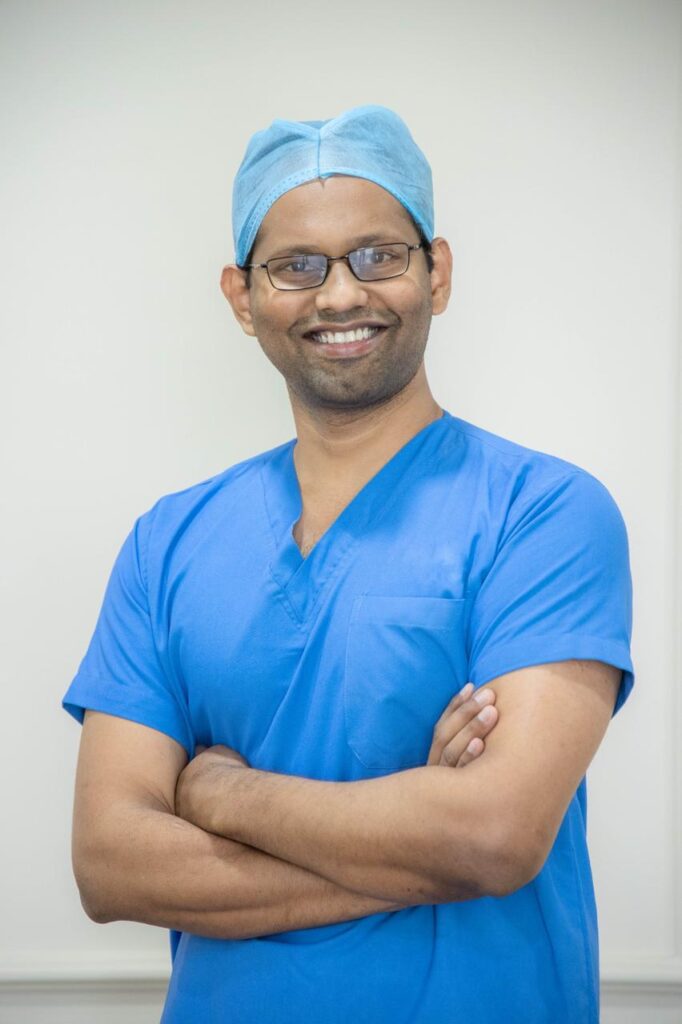Vascular Surgery
What is Vascular surgery?
Vascular surgery is a specialty discipline in surgery that deals with diseases of the vascular system. This is the circulatory system in the body and it comprises the blood vessels, lymph vessels, and the lymphatic system. The blood vessels include the arteries, veins, and capillaries. The arteries carry blood away from the heart while the veins carry blood to the heart. The capillaries distribute oxygen-rich blood to the body.
The lymph vessels transport the lymphatic fluid, which has blood cells. The lymphatic system draws lymph away from each part of the body. The vascular system can have problems causing diseases. These diseases affect the working of the vascular system. A vascular disease can be treated through vascular surgery.
A vascular surgeon is one who is trained in using surgical techniques to treat different kinds of vascular diseases. The vascular surgeon is responsible for the diagnosis, treatment, and overall management of all vascular diseases.
Vascular surgery treatments and procedures
The surgery and procedures involved in the treatment of vascular diseases depend on their type and severity. Narayana Health offers the following treatment options that involve making changes in lifestyle, prescribing medications as well as catheter-based endovascular methods and surgical interventions.
Lifestyle changes
Making changes in lifestyle choices and habits is the first step to deal with the problems of vascular diseases. Individuals have to quit smoking, exercise, maintain a healthy and low cholesterol diet and control diabetes.
Minimally invasive endovascular treatment options
– Thoracic Endovascular Aortic Repair (TEVAR): It is a minimally invasive endovascular procedure used in the treatment of patients with thoracic aortic aneurysms. It can be incisionless, but a small incision is usually made in the groin to advance a catheter followed by a stent-graft to treat the aneurysm.
– Endovascular Aneurysm Repair: It follows a similar procedure like that of TEVAR and is used to effectively treat patients with the abdominal aortic aneurysm.
– Fenestrated Endovascular Aneurysm Repair: A small incision made in the groin helps in the placement of a stent-graft to preserve blood flow to the kidneys, intestines, stomach and liver.
– Angioplasty and Stenting: Here, a catheter-guided balloon is used to open a narrowed artery. Angioplasty and stenting are an effective treatment for cerebrovascular disease, vertebrobasilar diseases and peripheral arterial disease.
– Percutaneous or laser atherectomy: In this procedure, the surgeon inserts a specialised catheter into a blocked artery to get rid of the atherosclerotic plaque build-up from within the vesse
Our Doctors




